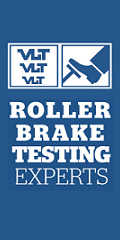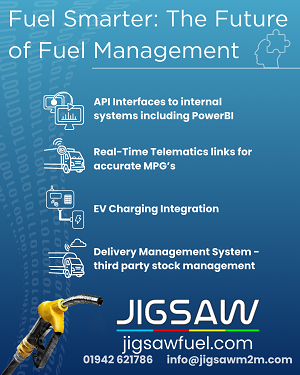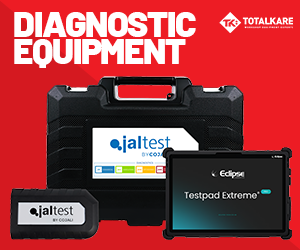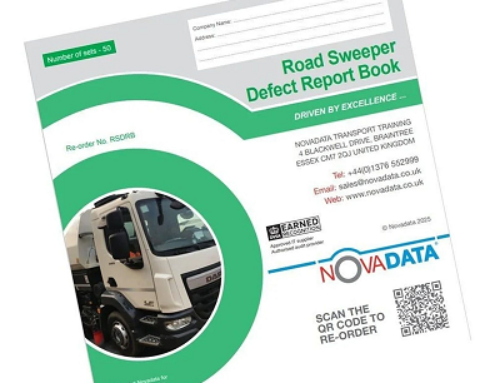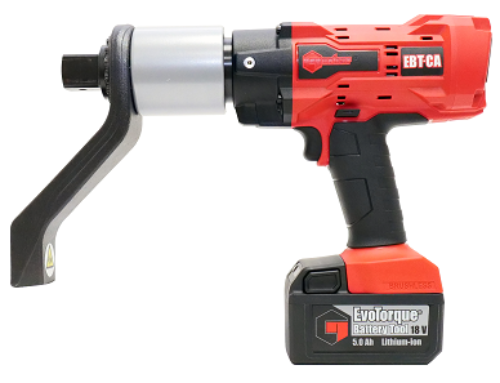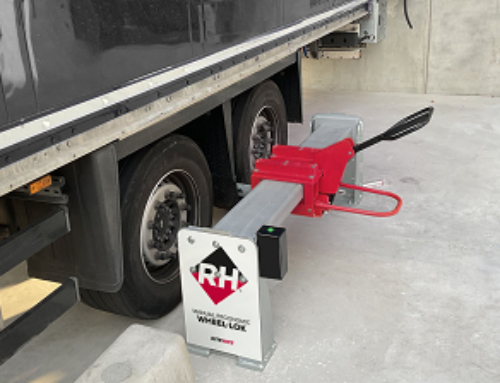VUE: taking control of your fleet with telematics
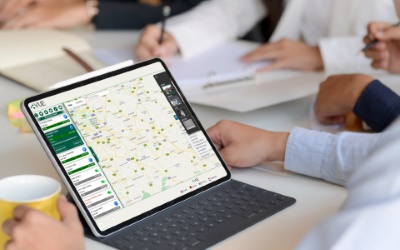 Camera and telematics specialist VUE has illustrated how its solutions can assist in making insurance claims easier and protecting drivers against false or exaggerated claims.
Camera and telematics specialist VUE has illustrated how its solutions can assist in making insurance claims easier and protecting drivers against false or exaggerated claims.
“Telematics consists of technology that combines GPS tracking, onboard diagnostics and real-time data,” said the company.
“For transport companies, telematics provides crucial insights into speed, braking patterns and location history. Video footage of the vehicle and its surroundings captured through integrated camera systems, enhances telematics data by providing additional context – a solution that is offered by VUE.
“In the event of a crash, telematics plays a vital role in easing the insurance claims process. It provides video evidence which show exactly what happened and who is liable in the event of a collision. Disputes are reduced and the claims process is accelerated. Telematics also protects fleet companies from fraudulent and (or) exaggerated claims, aiding insurers and helping companies defend their drivers.”
Said the company: “Let’s apply this to a real-life scenario: John, a HGV driver who works for a courier company was travelling from Manchester to London. While navigating a busy intersection, a car abruptly cut into John’s lane, causing a collision with his HGV. The HGV sustained significant damage to the front end, while the car incurred damage to the back end however, no major injuries were sustained.
“Right after the incident occurred, John pressed the in-cab panic button which instantly sent an alert to his fleet manager via VUEhub, an integrated system which presents all telematics data in one place and notifies fleet managers of any incidents that occur. The panic button allows for swift communication of the incident between the driver and fleet manager. John’s HGV was equipped with a VMC8, an advanced system with eight cameras placed around the vehicle, providing a 360-degree view of the vehicle and its surroundings.
“Considering there was evidence provided by telematics, the fleet manager was able to quickly submit a claim supported by video evidence, proving John was innocent and confirmed it was in fact the other driver involved that was liable for the collision.
“The usual insurance claims process for road accidents in the UK spans from 4 to 36 months. The process depends on various contributing factors such as the severity of injuries sustained by those involved in the incident, time given to gathering evidence and the need for court involvement.”
Typically, there is an assumption when there has been an incident involving an HGV that it’s the lorry driver’s fault, says VUE, due to the size of the vehicle in comparison to a car, for example.
“So, having video footage of what exactly happened during a collision proves liability and ultimately, protects the driver against false accusations, assumptions and exaggerated claims,” the firm continued.
“Having pressed the in-cab panic button John was able to immediately alert the fleet manager of the incident, allowing an insurance claim to be submitted within 24 hours of the event.”
Submitting a claim within 24 hours gives the insurer the possibility to control claim costs, says VUE, which can reduce third party costs on average by 40 per cent.
“This shows the importance of investing in telematics and camera systems as a way of minimising spending costs, mitigating risk, and making roads a safer environment.
“A fast claim submittal allows fleets to reduce the cost of claims. VUE has created a platform that ensures the process is as fast as possible. VUEcloud allows footage to be uploaded securely as well as storing and sharing vehicle CCTV footage between different parties. Our customers have seen a 40-60 per cent reduction in claim costs when CCTV footage was sent to the insurer right away through the platform.”
John’s collision case had heavily benefited from telematics, it said.
“The fleet manager was able to use the robust technology to reduce the cost of his claim, accelerate the process and prove liability of the incident.
“Despite not being able to control the event of the collision, John’s fleet manager was able to control the subsequent process after effectively, thanks to telematics.”




